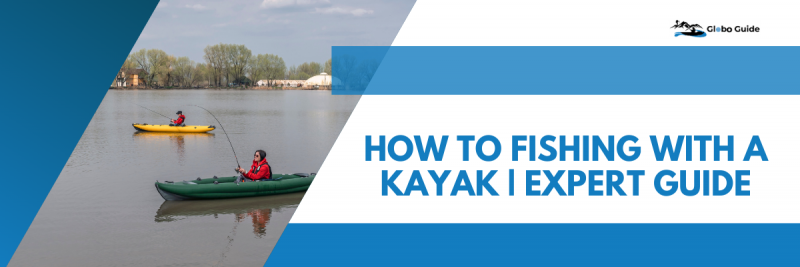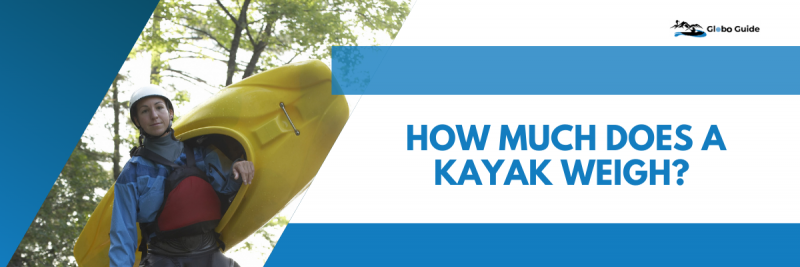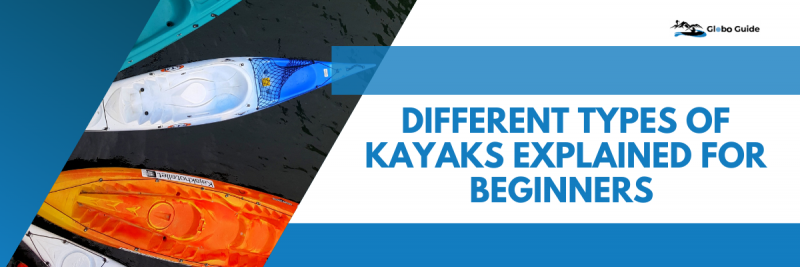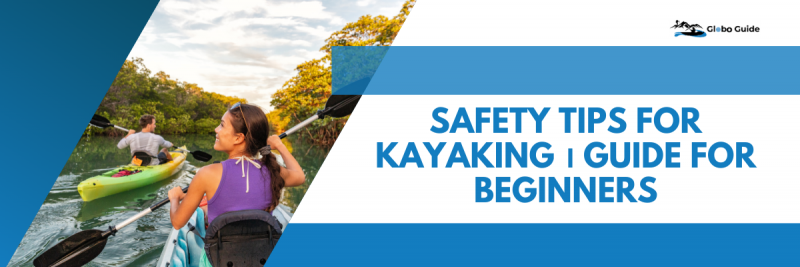If you’re interested in trying a new way of fishing, consider fishing with kayaks. Kayaks offer a unique and thrilling way to navigate waterways and access areas that are not accessible by larger boats. In this article, we will provide an overview of the fundamentals of fishing with kayaks, including safety, types of kayaks, features, navigation, and basic techniques.
What Do I Need To Know About Safety?
Kayaks are small watercraft, so safety should be a top priority. Collisions or accidents could lead to damage, serious injury, or even death. Therefore, it is essential to keep the following points in mind:
• Wear a life jacket • Learn basic kayak safety techniques • Attach an outrigger for extra stability • Be aware of your surroundings to avoid collisions, damage, and injury to yourself and others.
What Kind Of Fishing Kayak Is Right For Me?
To select the appropriate fishing kayak for you, consider the following factors:
• Fishing Locations • Kayak Dimensions • Kayak Set-ups • Weight Considerations.
If you’re fishing on a calm lake or pond, you’ll likely require a different kayak than if you’re fishing in a river, harbor, or off a beach. Wider kayaks provide more stability, whereas shorter kayaks are ideal for maneuvering in tight spots or fishing areas. Longer kayaks are preferable for covering more water rapidly. Fishing kayak lengths range from under 11 feet for shorter kayaks to over 12 feet for longer kayaks. If you’re heavier, choose a longer kayak.
Kayaks can either be sit-on-top or sit-inside. Sit-on-top kayaks are popular for fishing due to their safety and elevated seats, which provide greater in-boat mobility. Sit-inside kayaks are generally lightweight and suitable for faster-moving waters, but they fill with water when tipped over and require knowledge of paddle float and bilge pump usage.
The combined weight of you and your equipment should be no more than 65% of the manufacturer’s maximum weight capacity. This is the performance capacity weight that allows you to operate your kayak effectively. Fishing kayaks can weigh between 35 and over 200 pounds, depending on the model.
What Kinds Of Features Do Fishing Kayaks Have?
Fishing kayaks can have a range of features, including carrying handles, fishing equipment storage, gear mounting, seats with backs (for sit-on-top kayaks), and rod holders. Advanced features can include pedals, motors, sacrificial keels, and fittings for depth-finders.
How Do I Launch A Fishing Kayak?
To launch a fishing kayak, find a relatively flat area near the water and put the kayak parallel to the shore. The kayak should be half in the water and half on land. Step onto the kayak and maintain your balance. Sit down, take up your paddle, and push away from the shore with it. You’ve now launched.
How Do I Navigate In A Fishing Kayak?
Navigating in a fishing kayak requires basic knowledge of kayaking strokes. Here are some examples:
Forward Stroke
Use this stroke to propel the kayak forward. Put the paddle forward and pull it back along the length of the kayak. Repeat on the other side.
Turning Strokes
Use these strokes to turn your kayak:
- Put one paddle head out on the side of the bow in front of your feet, and stroke in a semi-circle from the bow of the kayak to the stern. Repeat as necessary to turn towards port or starboard.
- Paddle towards the bow. Repeat as necessary to turn your craft.
Draw Stroke
Use this stroke to move your kayak strictly to port or starboard. Put one end of the paddle out over the side and draw the paddle towards yourself in short strokes.
Standing Strokes
You can also perform the same above strokes while standing in your kayak. Make sure you have enough balance and practice as necessary before you start fishing.
How Do I Start Fishing With A Kayak?
Stabilization is the key to start fishing in a kayak. Try to be able to:
- As you may need to paddle at any time, make sure you can at least cast with one hand.
- The same idea as casting, but this is to stabilize your kayak.
- If you have a rod holder, use it while paddling to a more stable position.
- Being close to the edges of a river, pond, or lake will give you greater stability and control than being in the middle.
- Even your appendages can help you stabilize the kayak while reeling in your next big catch.
Conclusion
Fishing with kayaks can be a fun and challenging hobby. As long as you keep safety and environment in mind, you can make it an entertaining experience. Getting into close fishing spots and being one-on-one with nature has never been easier — so give fishing with kayaks a try.
With this guide, you now know the basics of how to fish with a kayak, including safety tips, the different types of fishing kayaks, features to look out for, navigation techniques, and basic fishing techniques. Remember to always wear a life jacket, be aware of your surroundings, and have the necessary equipment before heading out on the water.
Fishing with a kayak is a great way to enjoy the outdoors, and with practice, you can improve your skills and catch more fish. So grab your fishing gear, your kayak, and head out to the water for your next fishing adventure.



